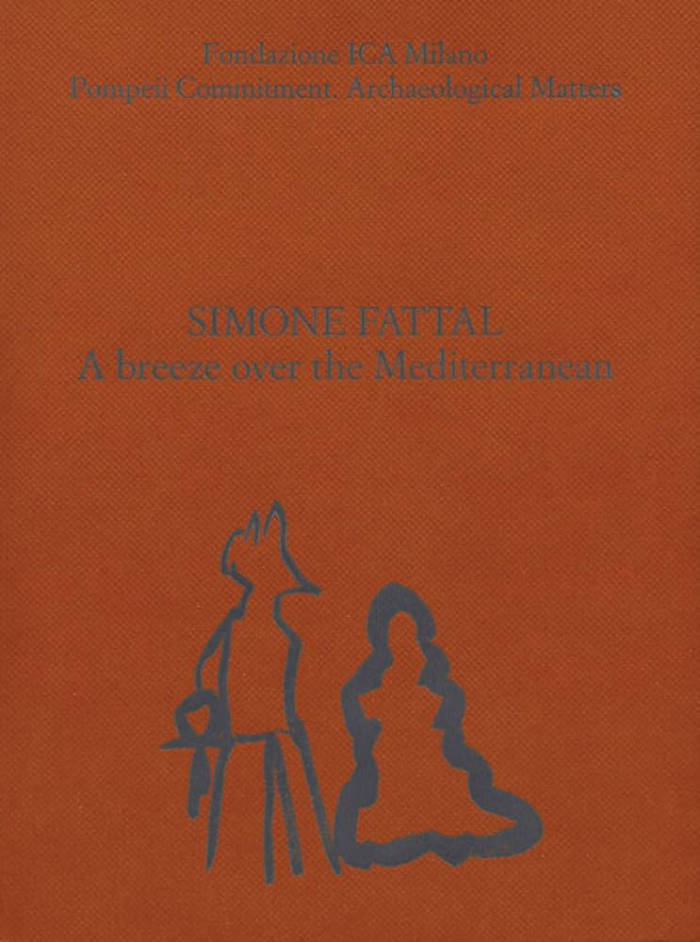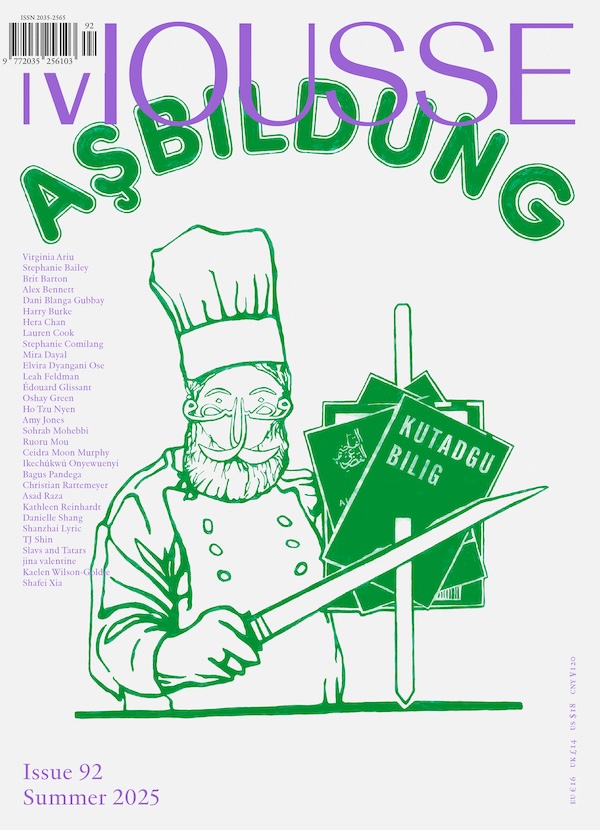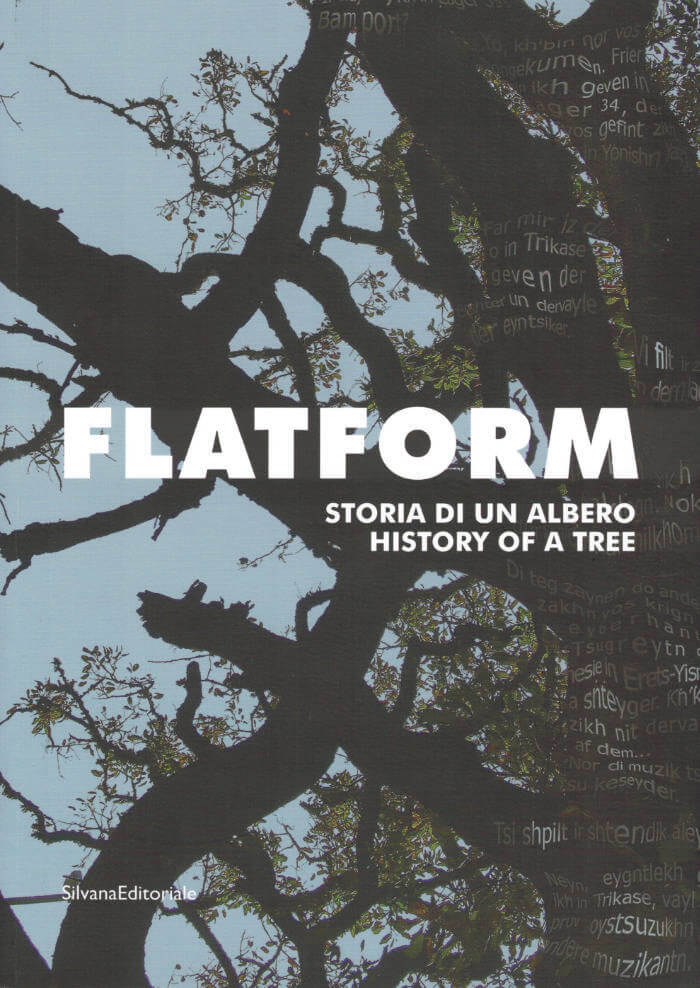
Fatamorgana
Fatamorgana is both a political parody and a speculative comedy, in which historical and contemporary personalities narrate post–World War II global history and geopolitics, through a web of references and direct citations. The undercurrent is one of sense, illusion, and truth. Hanan — a Muslim cousin of James Joyce's Molly Bloom — finds herself, not sure how, in Beirut's Hall of Fame waxwork museum after its closing hours.
Like Homer's most virtuous Penelope, this woman waits for her husband; she appears to have set a date with him, but he has not arrived—where can he be? While waiting, she begins interacting with the wax figures in the museum's empty rooms, and the figures respond in turn. Blending and clashing sixteen differing languages, as well as a variety of fiction and nonfiction sources, Fatamorgana is a multidimensional space, a kind of experiment with truth, or a type of fiction that sets up a platform for the collision of multiple fragments, elements, stories, facts.
The publication is the final chapter in a longtime endeavor. Fatamorgana is a multiform project realized between 2016 and 2019, comprising a theatrical work, two films, two publications, and a sound installation. The current book is dedicated to the graphic translation of the text at the heart of the project, alongside a variety of related materials, including project notes and contributions from various authors, while providing online access to photographic, video, and sound materials, along with technical specifications for all of the project's component elements.
Published in 2021 268 pages







